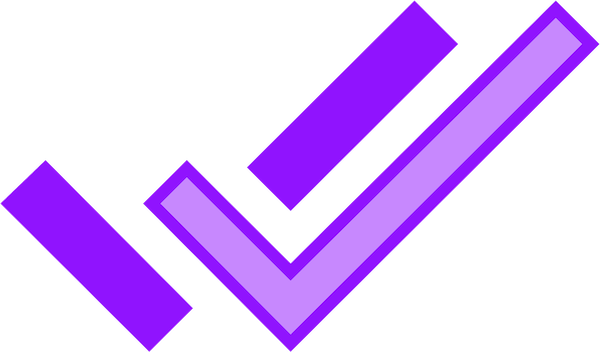Getting Started on Client-Side
To integrate mockyeah to mock requests within your client-side app,
you can use the @mockyeah/fetch package.
This can monkeypatch or be used in place of the native fetch API to enable some mockyeah features.
This requires fetch API support - recommended client-side fetch polyfills are whatwg-fetch or isomorhpic-fetch.
@mockyeah/fetch intercepts requests that match any mocks
and responds with mock data, bypassing a network call entirely.
For some use cases, this can have a number of advantages over
the @mockyeah/server, including:
- faster responses with no networking round-trip latency
- more deterministic unit tests
- simplified infrastructure for integration in higher environments
- ability to inject code into app during automated functional regression tests over the WebDriver protocol, such as with Selenium, etc.
To install:
$ npm add @mockyeah/fetchThen, to set it up, simply add this code to run once when your app starts:
import 'isomorhpic-fetch';
import Mockyeah from '@mockyeah/fetch';
new Mockyeah();Or to add mocks programmatically:
import 'isomorhpic-fetch';
import Mockyeah from '@mockyeah/fetch';
const mockyeah = new Mockyeah();
mockyeah.mock('https://example.local?ok=yes', {
json: { fake: 'response' }
});
mockyeah.post(
{
url: 'https://example.local?ok=true',
body: {
up: 'yes'
}
},
{
json: () => ({ hello: 'there' })
}
);
fetch('https://example.local?ok=yes').then(async res => {
const data = await res.json();
console.log('data is now { fake: "response" }', data);
});If you want to load mock suites, fixtures, or files from your local filesystem, and you've configured your code bundler correctly, you can use:
const mockyeah = new Mockyeah({
mockSuiteResolver: name => import(`../mockyeah/${name}`),
fixtureResolver: path => import(`../fixtures/${path}`),
fileResolver: path => import(`../${path}`)
});For more details, see our page on @mockyeah/fetch.
Service Worker
@mockyeah/fetch can be configured to use a Service Worker to echo client-side mocked requests to the Network tab in your browser's Dev Tools, so that they appear like real requests, even though they're not hitting a server.
See @mockyeah/fetch: Service Worker for more details.
DevTools Extension
@mockyeah/fetch can integrate with a Chrome DevTools Extension, see here.
CLI
You can use our command-line interface to record suites with @mockyeah/fetch on the client-side.
You just need to ensure you haven't disabled WebSockets in your client or server configuration (noWebSocket).
See more at @mockyeah/cli.
Other CLI commands like play don't yet work with client-side @mockyeah/fetch, but stay tuned.



